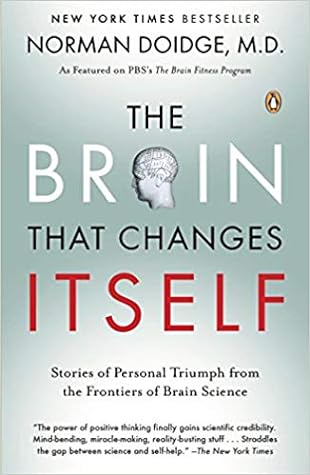Whenever a goal is achieved, something funny happens: the character in the animation eats the answer, gets indigestion, gets a funny look on its face, or makes some slapstick move that is unexpected enough to keep the child attentive. This “reward” is a crucial feature of the program, because each time the child is rewarded, his brain secretes such neurotransmitters as dopamine and acetylcholine, which help consolidate the map changes he has just made. (Dopamine reinforces the reward, and acetylcholine helps the brain “tune in” and sharpen memories.)
Welcome back. Just a moment while we sign you in to your Goodreads account.


